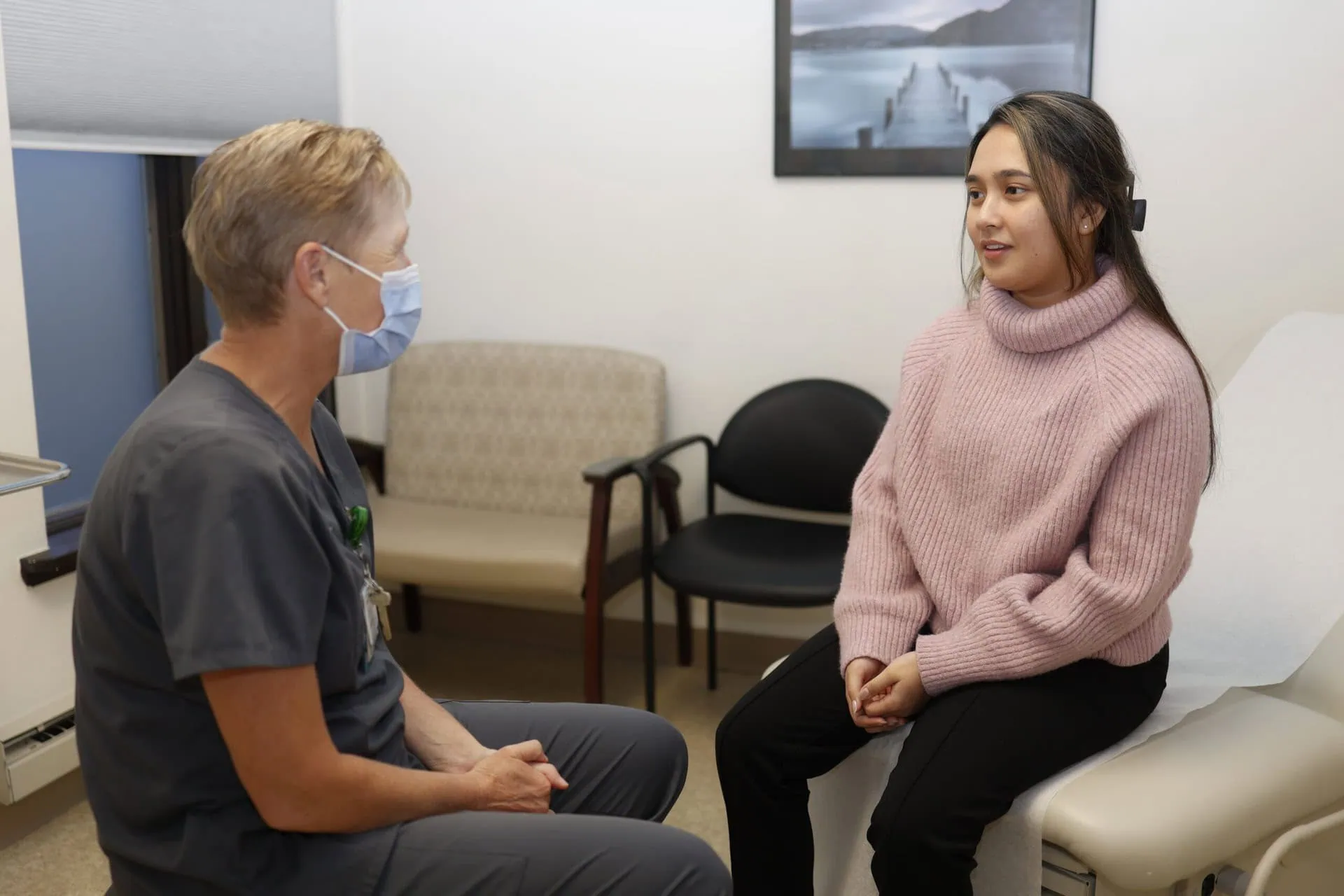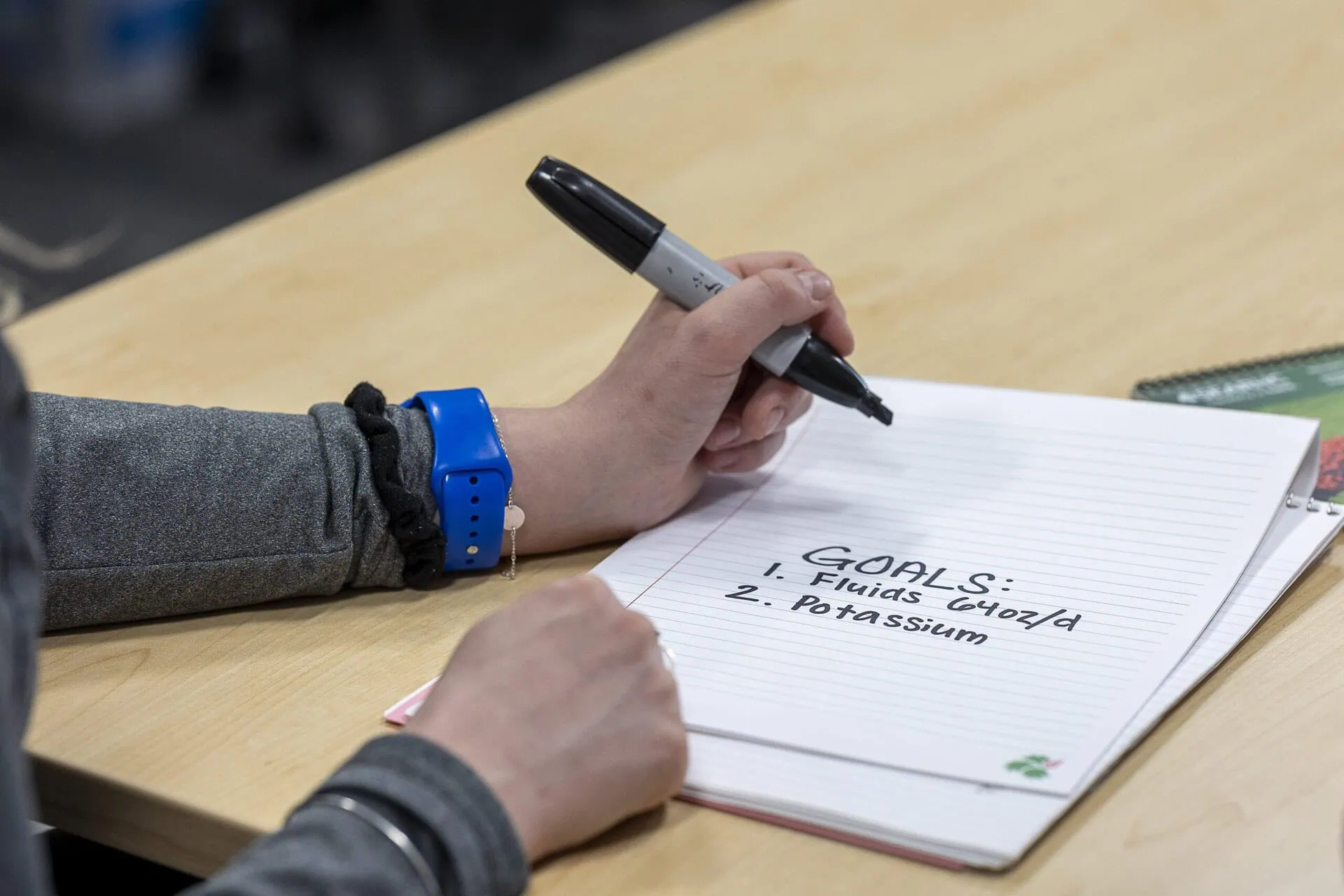You may have heard it all from your doctor already—cut back on the sodium in your diet and your blood pressure will improve! Many people are aware that a diet high in sodium can aggravate high blood pressure; however, dietary sodium has been linked to other poor health outcomes, such as compromised bone health, increased risk of fracture as we age and earlier onset of dementia. Additionally, one study found that in 2017 alone, a high intake of sodium was single-handedly responsible for three million deaths worldwide.
Any of these factors is reason enough to cut back on sodium. However, one need only glance at a random nutrition label on a canned or boxed good to be shocked into reality: Sodium is everywhere! Adding up milligrams in your head can be a daunting task; fortunately, there are a few simple lifestyle changes that guarantee you’ll eat less sodium (and require minimal checking of nutrition labels):
- Buy fresh or plain frozen vegetables. Vegetables naturally have little to no sodium, so buying them fresh or frozen is ideal. On the other hand, canned vegetables can be a sodium bomb. If the fresh vegetables you buy have an unfortunate history of rotting in your vegetable crisper, opt for frozen vegetables that will last for several months in your freezer (and there is no sodium added to preserve plain, frozen vegetables). Steamer bags are extremely convenient—simply toss the bag of vegetables in your microwave for a hot side dish five to six minutes later. Be sure to steer clear of the frozen vegetables that contain sauces or seasoning—they will likely be loaded with sodium.
- When buying canned, boxed or bagged goods, look for “Sodium Free,” “Very Low Sodium,” “Low Sodium” or “No Salt Added” on the front. Chances are, anything that comes in a can, box or bag has sodium in it. Big culprits are canned soups and boxed rice and pasta side dishes. When purchasing these items, look for these labels above on the front of the packaging. Be wary of the language food manufacturers use— “Reduced Sodium” does not necessarily mean the item is low in sodium, for example.
- Cook more meals at home. Yes, this means creating more time in your schedule for cooking, which can be a challenge. There are smart ways to do this, however. For example, take 10 minutes in the morning to throw together simple crock pot recipes, such as two chicken breasts, a can of Rotel No Salt Added Diced Tomatoes with Green Chilies and a can of Bush’s Low Sodium Black Beans. Serve over brown rice for a satisfying meal when you walk through the door that evening. When grilling meat, grill several extra pieces for use later in the week. Keep frozen veggie steamer bags handy in the freezer for easy, low-sodium side dishes. Feel your anxiety level rising at the thought of having to come up with recipes? Don’t reinvent the wheel! Some good websites to check out for healthy, low-sodium recipes are:
Tip: Perform a search for “low sodium” on these sites.
- Use herbs and spices in place of salt when cooking. There are no shortage of herbs and spices in our world, and they can impart a tasty, unique flavor to your dishes. Some must-have seasonings for every kitchen include basil, black pepper, chili pepper, cinnamon, cumin, dill, garlic powder, Italian seasoning and oregano. Also consider low-sodium seasoning mixes (check out here). Rosemary and paprika tend to go very well with chicken dishes, while bay leaf and dry mustard greatly enhance beef dishes. Lemon juice, lime juice and vinegar can be a great addition to many vegetable dishes.
- Limit eating out to once a week—including lunches. While not impossible, it can be very challenging to limit your sodium intake when eating restaurant meals (not to mention your saturated fat and calorie intake). Instead, take the leftovers from those tasty dinners you’re now cooking to work for lunch the next day. Take a few extra minutes when cleaning up after dinner to make an individual lunch or two that you can easily grab on your way out the door in the morning. Not a big fan of leftovers? Keep low-sodium frozen meals and steamer bags of veggies in the community freezer at work or keep low-sodium whole-grain bread and low-sodium deli meat at work to make yourself a sandwich. Your body—and your wallet—will thank you.
Cutting sodium can seem like an enormous undertaking at first. Remember that adopting even one lifestyle change outlined above can have equally enormous—and positive—effects on your overall health. Here’s to your good health!
Footnote:
Health effects of dietary risks in 195 countries, 1990–2017: a systematic analysis for the Global Burden of Disease Study 2017






